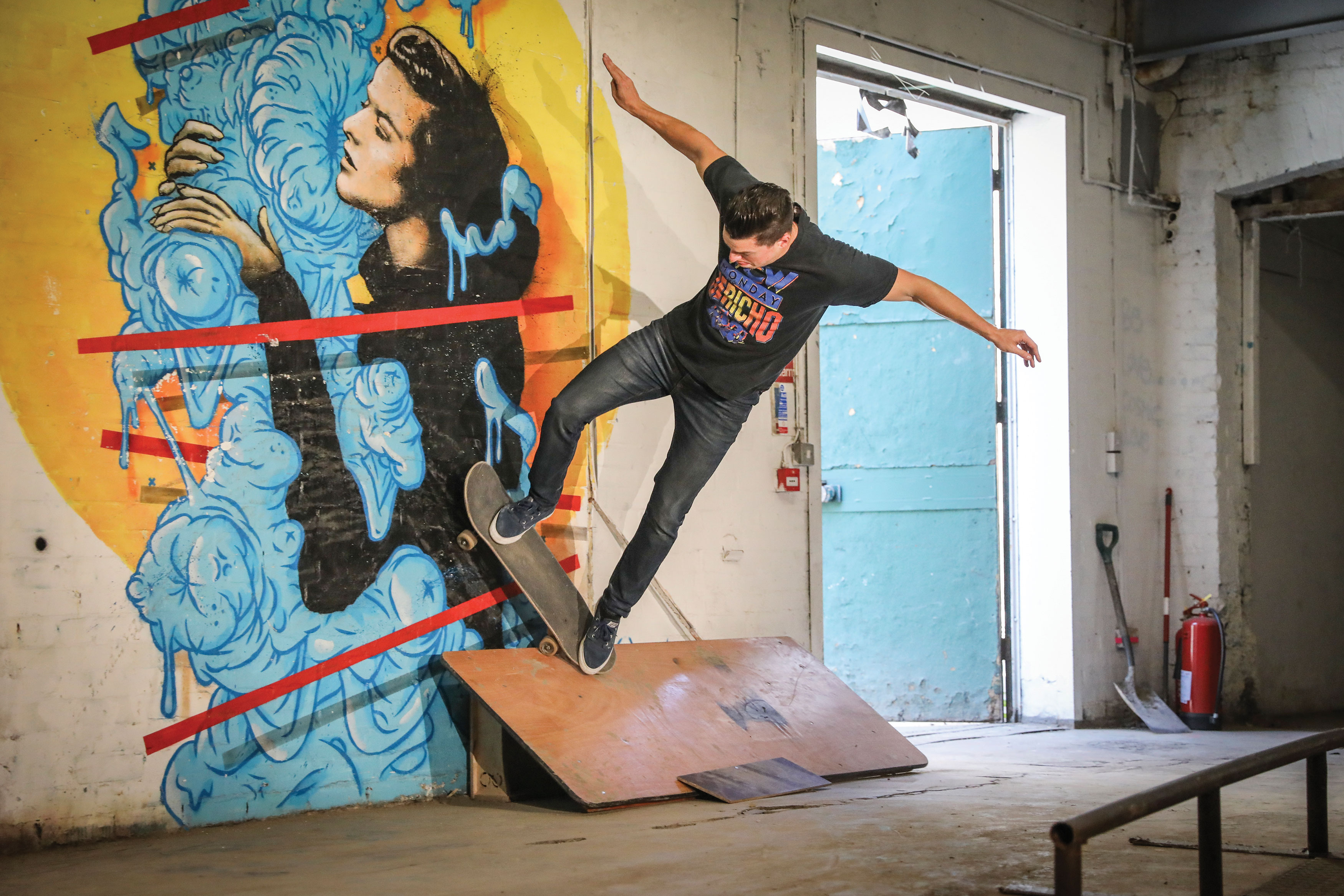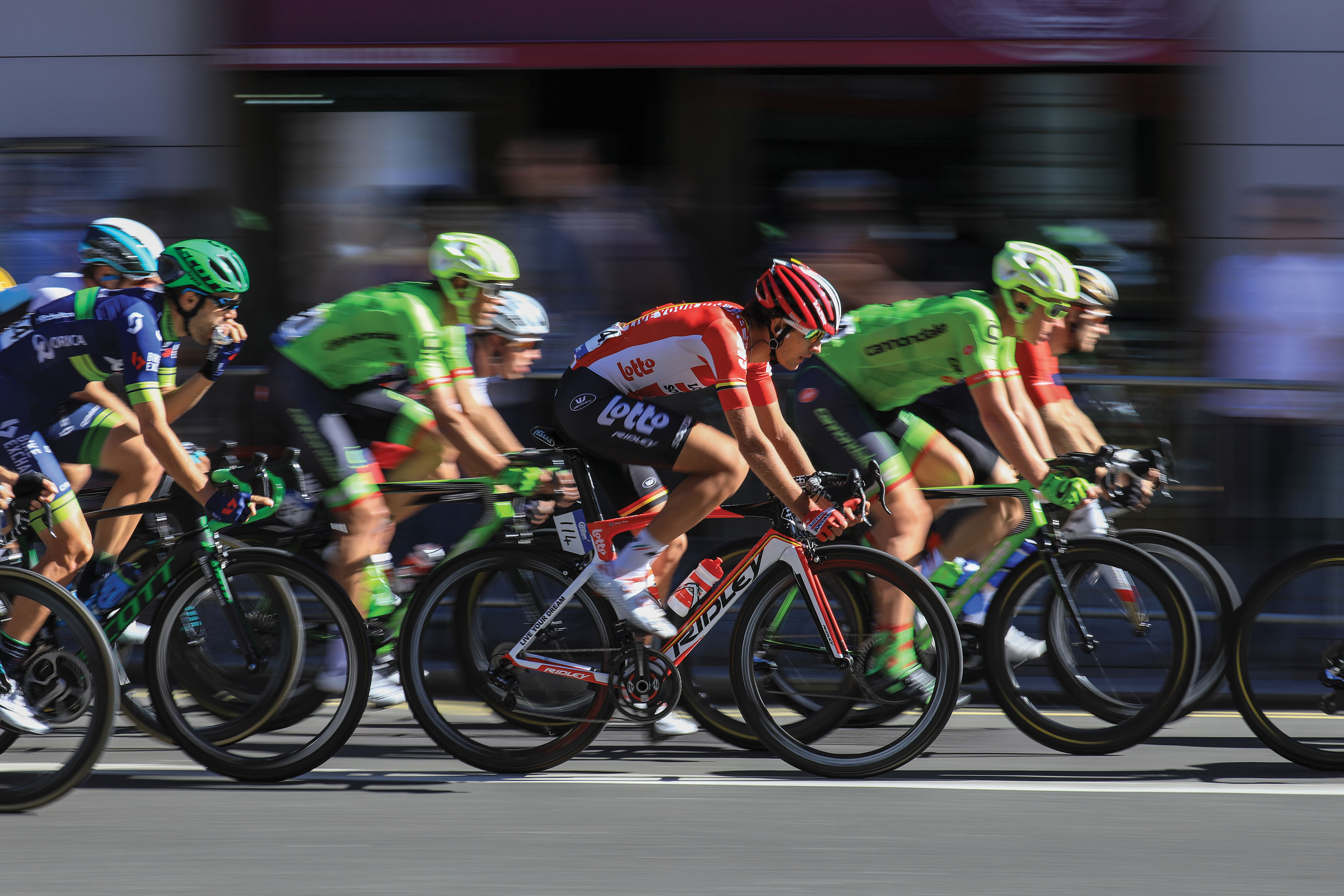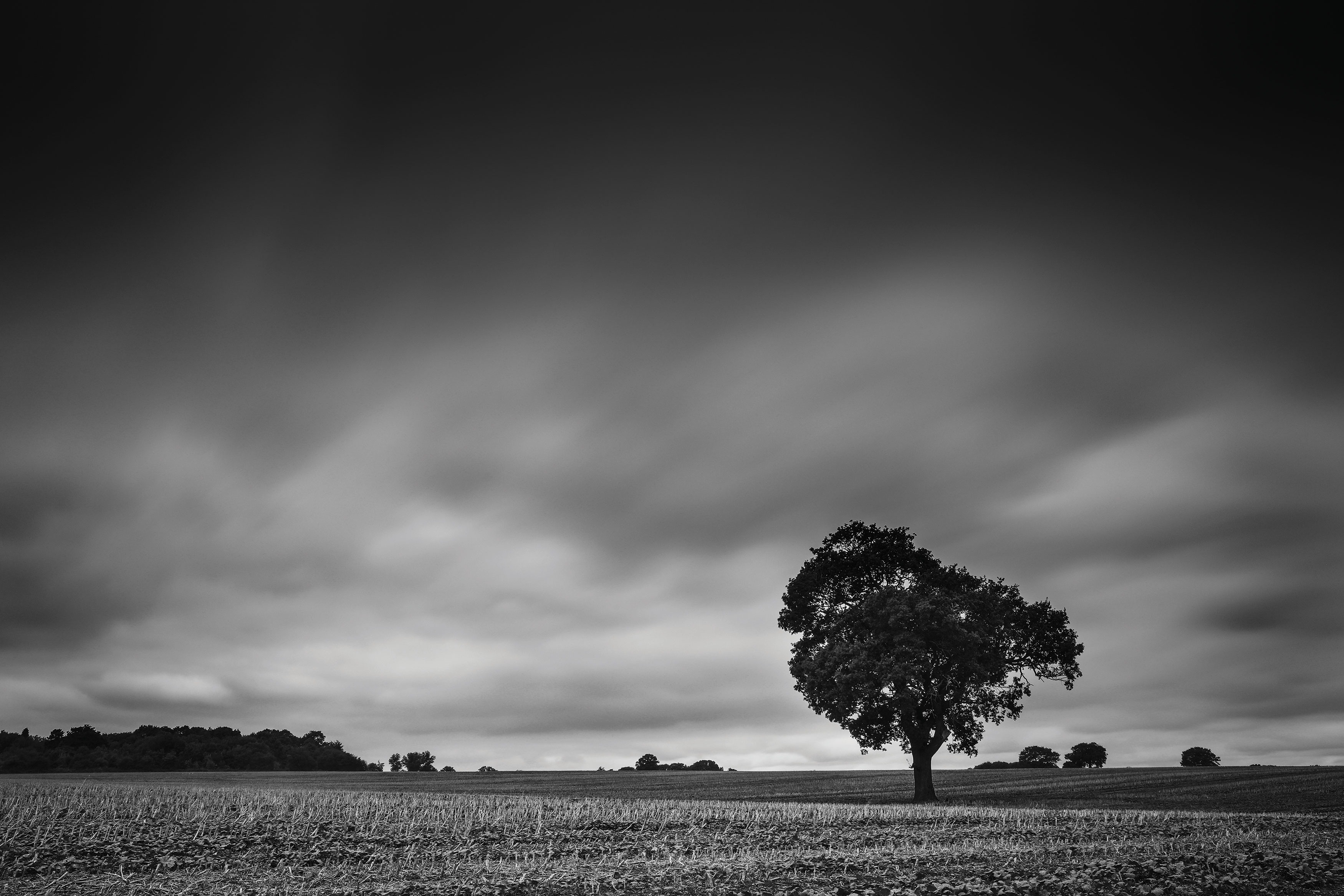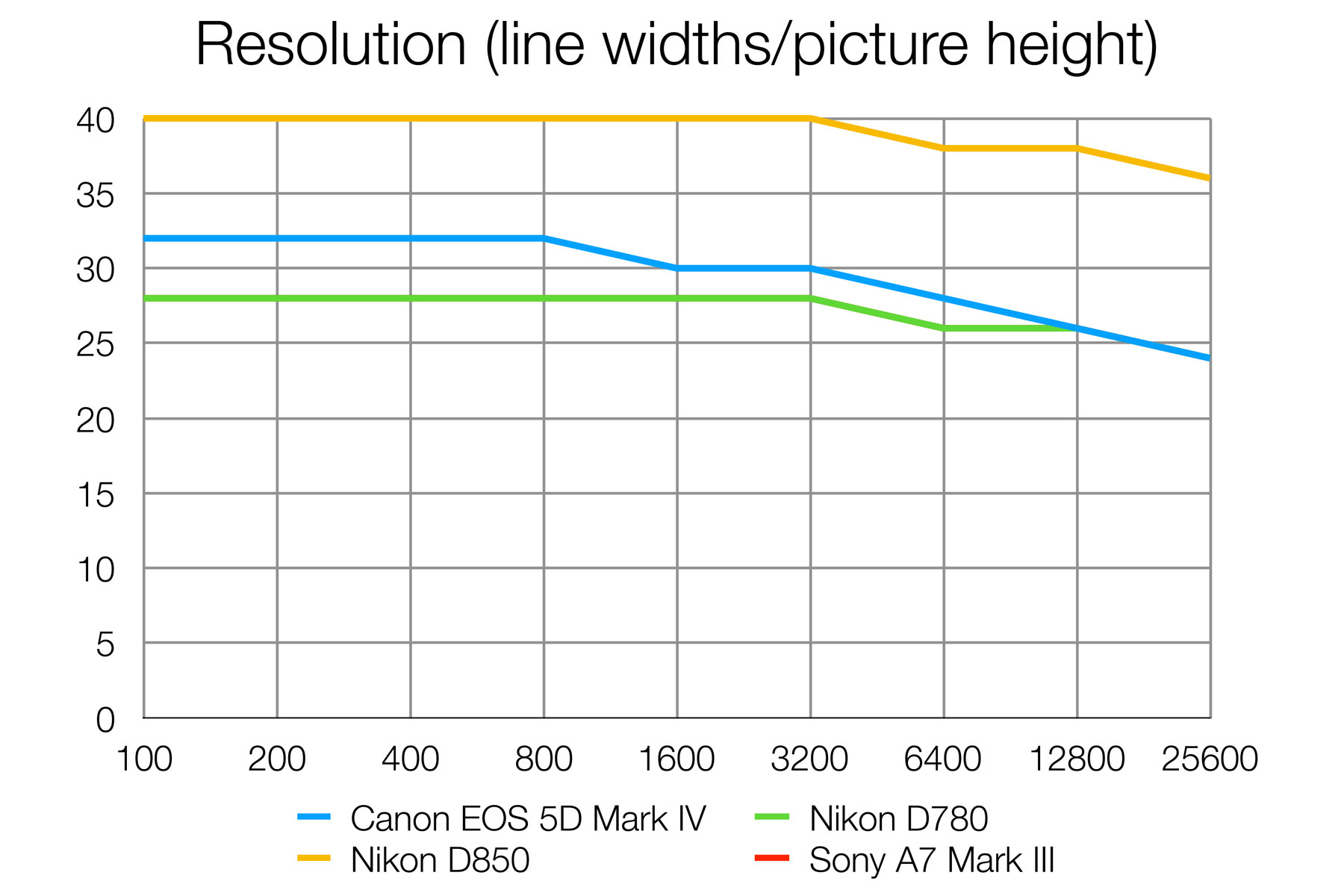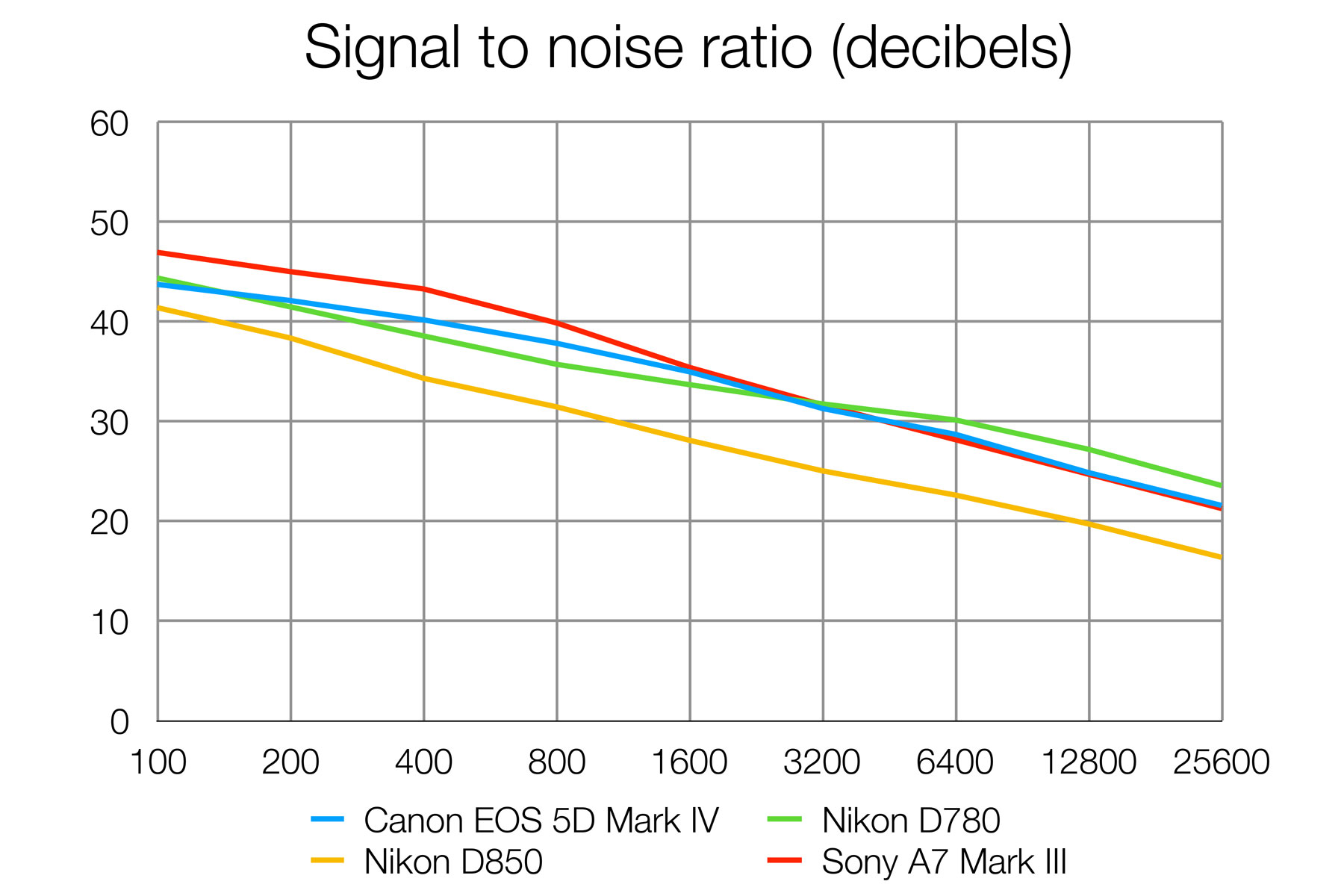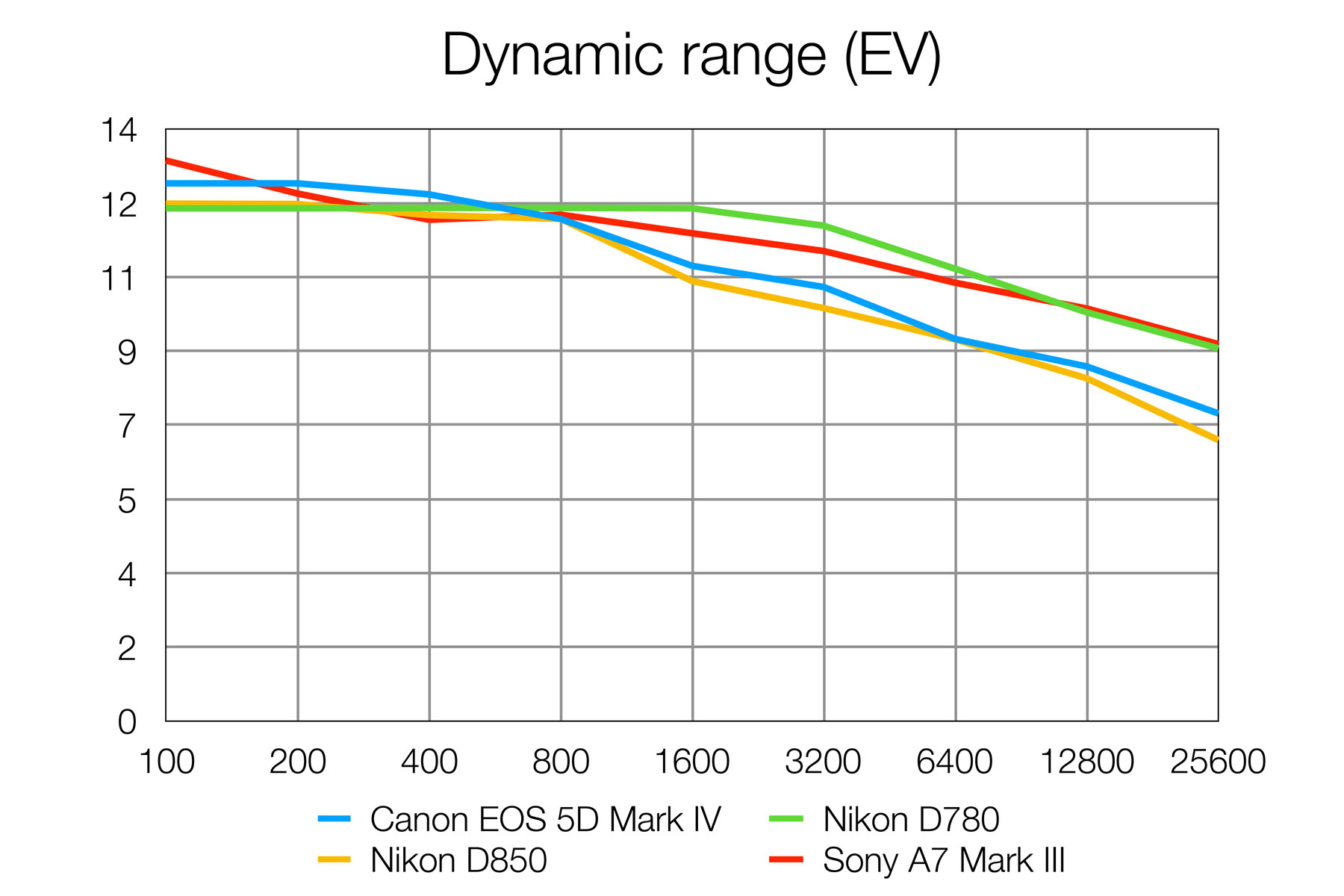Digital Camera World Verdict
The Canon EOS 5D Mark IV was big news when it arrived, with pretty much every element improved over the previous 5D Mark III. But that was way back in August 2016, and the world has moved on since then, so does the 5D Mark IV still have what it takes? The 30.4MP sensor is good, the noise and dynamic range are good. The DCI 4K video capture is good, although the 1.64x crop of the sensor makes it hard to get wide-angle shots. The build, handling and ergonomics are good. But this is the issue for the EOS 5D Mark IV – everything is good in a market where many cameras are outstanding.
Pros
- +
Solid build and handling
- +
30MP sensor a step ahead of 24MP rivals
- +
Dual Pixel CMOS AF for live view and video
Cons
- -
Fixed rear screen
- -
Heavy 1.64x crop for 4K video
- -
Middle of the road resolution and frame rate
Why you can trust Digital Camera World
The Canon EOS 5D Mark IV has a rich heritage. The clue is in the number – Canon's EOS 1-series cameras (like the EOS-1Dx III) are uncompromising professional cameras with uncompromising prices, while the EOS 5-series cameras are for workaday pro photographers who need reliability, performance and versatility all in one. And when it appeared in 2016, the Canon EOS 5D Mark IV promised all three.
But that was in 2016. Does it still have what it takes to compete? It's still one of the best Canon cameras simply because the company has yet to launch a comparable alternative, and it's still one of the best full frame DSLRs and best cameras for professionals for the same reason... but it's been on the market a long time and the world has moved on, so it's time to take another look at this camera in today's context.
• Read more: Canon EOS 5D Mark IV vs EOS 6D Mark II
Specifications
Sensor: 36 x 24mm 30.4MP CMOS
Focal length conversion: 1x (full-frame)
Memory: One CompactFlash; one SD/SDHC/SDXC (UHS-I)
Viewfinder: Optical pentaprism with approx. 100% coverage
Max video resolution: 4K (4,096 x 2,160) at 30fps
ISO range: 100-32,000 (50-102,400 expansion)
Autofocus points: 61 points. Max of 41 cross-type AF points inc 5 dual cross-type at f/2.8 and 21 cross-type AF points at f/8. The number of cross-type AF points will differ depending on the lens
Max burst rate: 7fps
Screen: 3.2in Clear View II touchscreen LCD; approx. 1,620,000 dots
Shutter speeds: 30-1/8,000 sec plus Bulb
Weight: 890g
Dimensions: 51 x 116 x 76mm
Power supply: LP-E6N rechargeable lithium-ion battery
Key features
Let's start with the 30.4-megapixel sensor. That was big news in 2016. It didn't quite rival the 36.3MP Nikon D810 or the 42MP Sony Alpha 7R II; but files still come out at 6,720 x 4,480 pixels. This means that if you want to print at 300dpi, the native size is just under A2 at 56.9 x 37.9cm (22.4 x 14.9 inches).
The 5D Mark IV uses the same seen in both the 1D X Mark II and 80D. Canon says this sensor’s on-chip digital-to-analogue conversion delivers improved noise performance and dynamic range. The use of Dual Pixel Raw technology also gives you the capacity to fine-tune the area of maximum sharpness during post-production (only using Canon’s own DPP software at present), though this feature has not really gained a lot of traction and has been overtaken by more obvious increases in camera resolution since then.
The Mk IV’s native sensitivity runs from ISO 100-32,000, and is expandable to 50-102,400. The camera uses both a Digic 6 and a Digic 6+ processor, with the former used solely for metering, freeing up the Digic 6+ to handle everything else, including the 61-point AF system with 41 cross-type sensors (five of which are dual cross-type for even greater accuracy).
The best camera deals, reviews, product advice, and unmissable photography news, direct to your inbox!
The AF system is sensitive down to -3EV (-4EV in Live View) – that’s darker than moonlight, so focusing shouldn’t be an issue in poor light, while the fact that you can use lens/teleconverter combinations with a maximum aperture of f/8 and still have the luxury of all 61 AF points (21 cross-type) will be a real draw for sports and wildlife photographers.

The EOS 5D Mark IV has Canon’s Dual Pixel AF technology, so there are phase-detection points on the imaging sensor itself, promising quicker AF acquisition than we saw in the Mark III, and performance as speedy as many mirrorless cameras.
The large 3.2-inch display boasts an impressive 1,620,000 dots and touchscreen functionality. The touchscreen interface is active all the time, enabling menu navigation and image review as well. The screen is fixed, however, without any tilting or vari-angle mec
• Read more: New Canon EOS R5 has 8K video, IBIS, 20fps + dual card slots
The 5D Mark IV features DCI 4K video capture at 4,096 x 2,160 pixels, at 30/25/24fps (approx 500Mbps). This also means you can extract 8.8MP JPEG images from 4K video if needed, thanks to the Motion JPEG file format available for 4K capture.
This is the only file format available when shooting 4K, however, and there’s no option to shoot in a flat gamma profile. Things get better at 1080p, with a host of Full HD options, as well as the ability to shoot 120fps HD video for some impressive slow-mo movies.
• Read more: The best camera for filmmaking
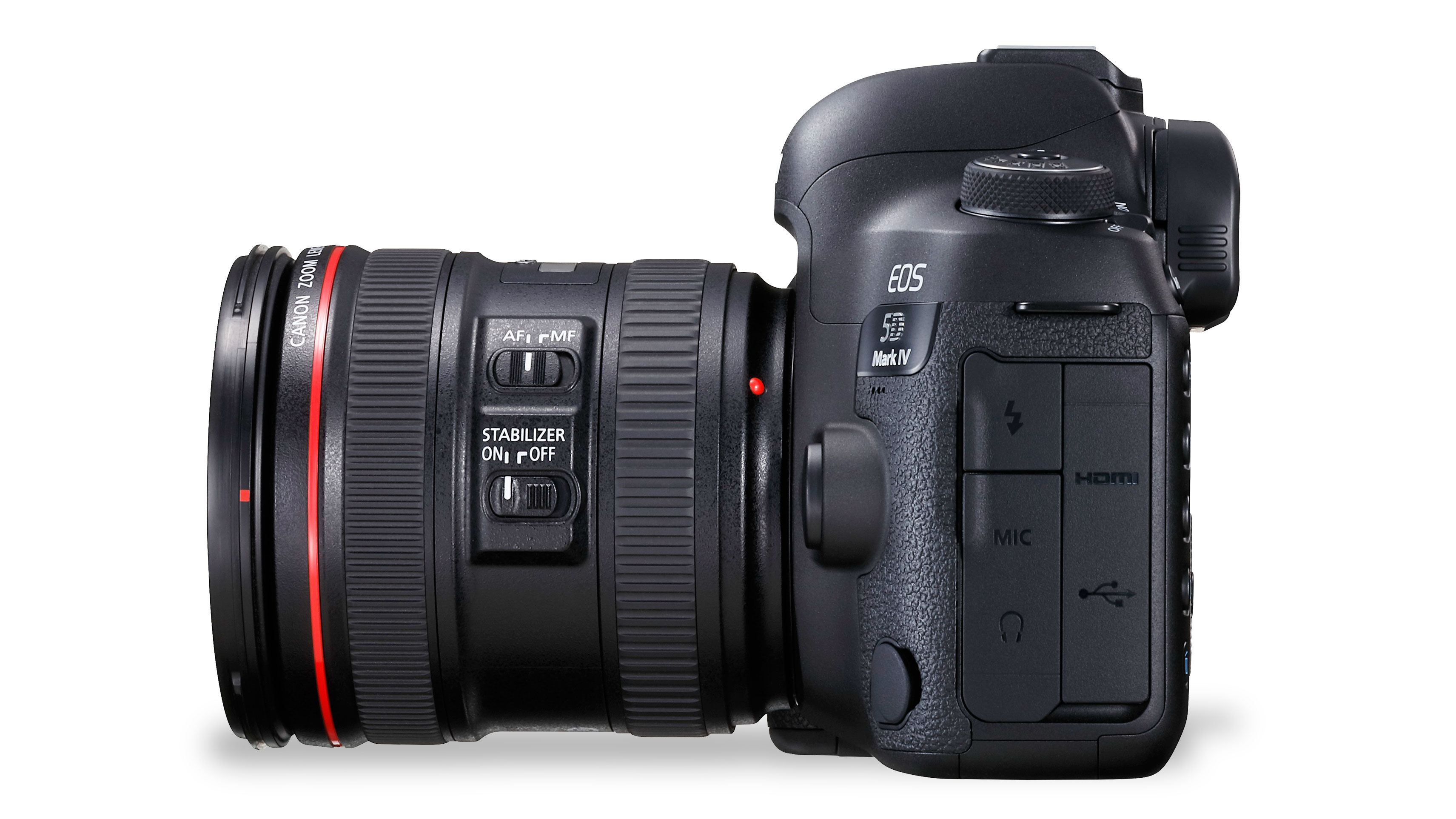
The 5D Mark IV has external microphone and headphone ports, as well as HDMI Mini out and USB 3.0 terminals. In addition, it sports dual CompactFlash (accepting fast UDMA 7 cards) and SD card slots, and features both Wi-Fi and NFC connectivity for transferring images to a compatible device – and that’s not forgetting the built-in GPS unit for location-tagging.
Build and handling
The EOS 5D Mark IV does handle well. The hand grip provides a very satisfying hold when you pick the camera up, and despite cramming more tech into the body, the engineers at Canon managed to cut the weight of the 5D Mark IV by 60g compared with the previous Mark III, while at the same time improving the weatherproofing with extra grommets and seals.
The camera features a customizable button just below the joypad on the rear of the body. This can be assigned to perform a multitude of functions in conjunction with the front command dial. A useful option would be to set it to control ISO, allowing you to toggle the sensitivity without having to take your eye away from the viewfinder.
As you’d expect for a camera that sports a virtually identical AF configuration to the flagship 1D X Mark II (Canon states that the systems aren’t completely identical, with some different internal components being used), AF performance doesn’t disappoint.
Read more: Canon EOS-1D X Mark II review
The AF is linked to the 5D Mark IV’s metering system, with the latter helping to detect and track colored objects and perform face recognition.
Coverage is good, and better than in the 5D Mark III, but there’s still a noticeable bias towards the centre of the frame. That minor quibble aside, the AF system performs brilliantly. Shooting in Live View, the Dual Pixel AF is a huge improvement over the relatively sluggish system on the 5D Mark III, with focusing pretty much instantaneous, making the Live View AF a much more valuable feature to have than it has been in the past.
Performance
The 5D Mark IV gets Canon’s 252-zone RGB+IR metering system with Intelligent Scene Analysis, and it’s all the better for it compared to the older iFCL system found in the 5D Mark III.
The system weights the exposure to the active AF point, and does a good job of assessing the scene as a whole to deliver an exposure that’s well-balanced.
There are no nasty surprises with the white balance system either. There’s a choice of either Ambience or White Priority settings, with the latter delivering neutral images even under tungsten lighting, while Ambience Priority has a bias to retain some warmth in the image.
As you’d expect from a full-frame SLR, the camera features a large and bright viewfinder with 100% coverage. As well as displaying key shooting info along the bottom, it also benefits from what Canon terms Intelligent Viewfinder II technology. This enables you to display an electronic level, along with grid lines and a host of other key shooting info that you might wish to have fed back to you when you have the camera raised to your eye.
The rear display has an impressive resolution that must make it one of the sharpest screens out there. It also makes composing shots in Live View a piece of cake – even when we used a dense 10-stop Lee Big Stopper filter, the display was incredibly clear, with no noticeable signal noise.
There were times while we were testing the 5D Mark IV when a vari-angle screen would have been welcome, especially when composing low-angle shots, but the clarity and excellent viewing angle of the display makes this omission less of an issue than with some other cameras.
That’s not forgetting the touchscreen interface, which is very welcome. With touch control over both the main and Quick Menus, it makes the 5D Mark IV’s comprehensive menus much quicker to navigate; while the ability to pinch to zoom as well as swipe through images, makes things that much quicker.
The burst rate is a respectable 7 frames per second and the Mark IV can now sustain this to shoot 21 raw files before the buffer needs to take a breather. If you’re shooting JPEGs, the capacity is unlimited.
Canon claims the LP-E6N battery is good for around 900 shots on a single charge. We used the camera heavily, and while we’d say 900 shots would be optimistic, we’d still be happy heading out for the day with a single battery.
It’s really no surprise to find that the results from the new 30.4MP sensor display excellent levels of detail. You should have no problems producing richly detailed prints at Super A3, while A2 prints and beyond are a realistic proposition – that’s not forgetting the ability to tightly crop images if needed. ISO performance is also very good.
Results at ISO 800 still appear noise-free in our sample images, while even at ISO 2,000 results are very impressive – there are some signs of luminance noise, but it looks very organic, while there’s no evidence of chroma (color) noise.
Raw files can be pushed further in post-processing, allowing you to intentionally under-expose shots and preserve highlight detail secure in the knowledge that you can recover lost shadow detail later without your shot being ruined by the introduction of image noise.
There are no qualms about color reproduction either. The JPEG Picture Styles produce pleasing results, while skin tones can be faithfully reproduced.
Lab tests
We compared the lab results from the Canon EOS 5D Mark IV with those from four current rivals. We chose the Nikon D780 as a very up to date do-it-all DSLR alternative, the Nikon D850 as a no-compromise high-resolution pro DSLR and the Sony A7 Mark III as an affordable full frame mirrorless camera designed as an effective all-rounder.
Resolution
For full frame cameras, megapixels still matter! The 46MP Nikon D850 easily out-resolves the 30MP EOS 5D Mark IV, which itself delivers more resolution than the 24MP Nikon D780 and Sony A7 III (the Sony delivered identical results to the D780, so its chart line is hidden behind the Nikon's).
Signal to noise ratio
The Canon's sensor technology may be a few years old now, but it still performs very well, even by today's standards. Despite its higher 30MP resolution, it only trails the Sony A7 Mark III at low to medium ISO settings and matches or narrowly beats the Nikon D780 for noise control across the ISO range. That's a pretty good performance.
Dynamic range
The Canon EOS 5D Mark IV offers good dynamic range, but it's largely matched by the much higher resolution Nikon D850 and beaten by both the Nikon D780 and Sony A7 Mark III from ISO 800 upwards.
Overall, the EOS 5D Mark IV produces very good results for resolution and noise control but falls behind for dynamic range at mid-high ISO settings when compared to modern 24MP rivals. For a camera launched back in 2016, however, its lab results are very good even now.
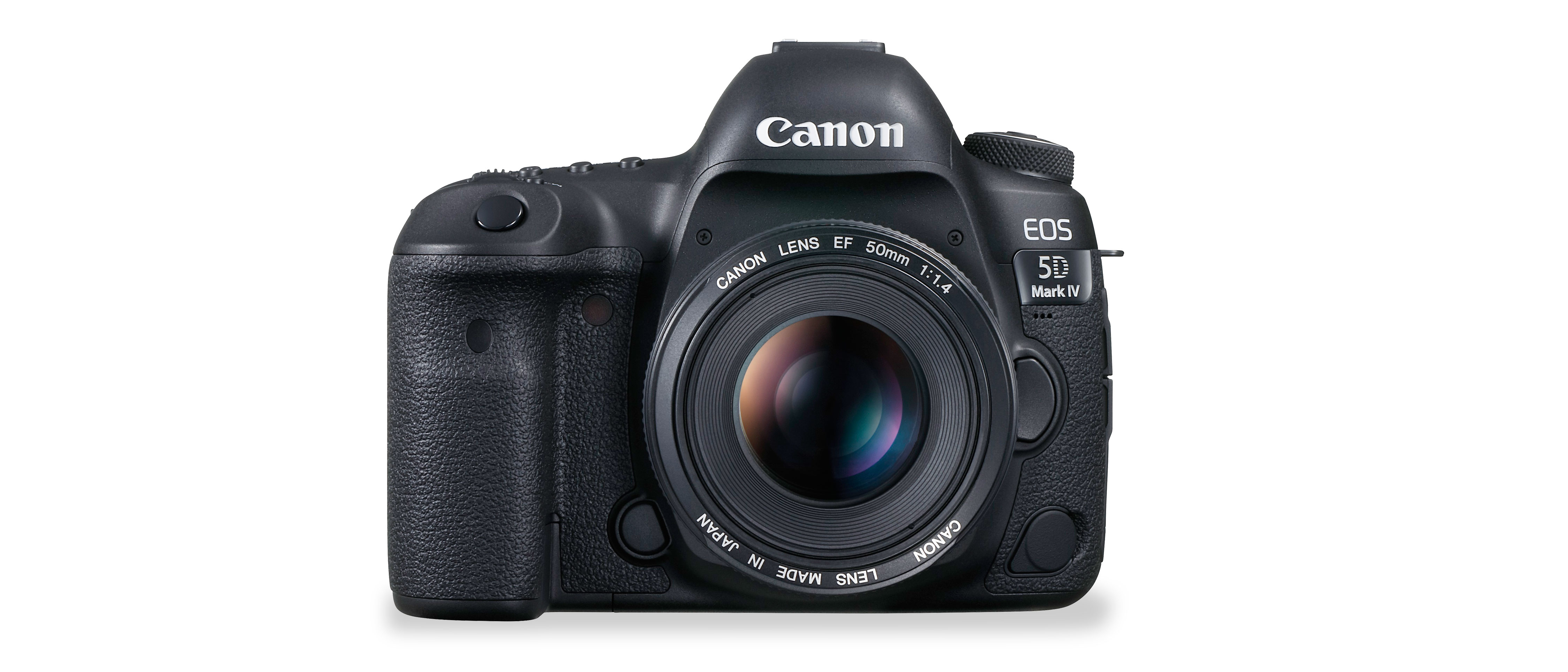
Verdict
The Canon EOS 5D Mark IV is still a very effective all-purpose full frame DSLR for professionals. Its 30MP sensor leaves it in a bit of a no-man's-land between its new 24MP and 45MP+ rivals, however, and its heavy 4K video crop factor is an annoyance when newer cameras offer full width capture. The EOS is also left behind a little in continuous shooting performance. We can live with the fixed screen, and the still image quality remains very good even by today's standards, but the dual CF/SD card slots date the Canon badly, and few photographers are likely to want to invest in high-performance CF cards today, even though they are still available.
Read more:
• These are the best Canon cameras right now
• We pick out the best cameras for professionals
• These are the best full frame DSLRs today
• The best lenses for astrophotography right now
• These are the best mirrorless cameras today
• Free 2020 astrophotography calendar: what to shoot and when
• Astrophotography guide: how-to guides, tips and videos!
• Best CCD cameras for astrophotography

Rod is an independent photography journalist and editor, and a long-standing Digital Camera World contributor, having previously worked as DCW's Group Reviews editor. Before that he has been technique editor on N-Photo, Head of Testing for the photography division and Camera Channel editor on TechRadar, as well as contributing to many other publications. He has been writing about photography technique, photo editing and digital cameras since they first appeared, and before that began his career writing about film photography. He has used and reviewed practically every interchangeable lens camera launched in the past 20 years, from entry-level DSLRs to medium format cameras, together with lenses, tripods, gimbals, light meters, camera bags and more. Rod has his own camera gear blog at fotovolo.com but also writes about photo-editing applications and techniques at lifeafterphotoshop.com



